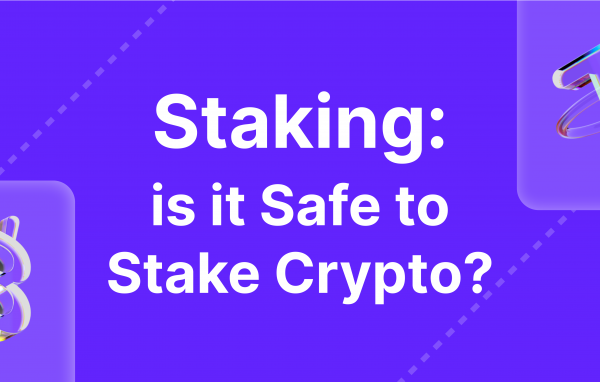Many companies around the world, especially those serving the IT niche are already rethinking over traditional disaster recovery strategies mainly due to recent ransomware attacks and as prevention against malware infection.
Ransomware is sneaking more and more into IT systems unlike anything seen previously. Under the alarming scenario, organisations and IT enterprises are on the forefront of cyber security and counter measures.
Most of the enterprises so far were able to sail successfully over the years without paying much attention to the catastrophic data loss. Simply updating a virus patch, fortification of the firewall and that’s all but these simple upgrades are no match against the recent ransomware incident.
Businesses of all shapes and sizes nowadays run proper IT drills to ensure deeper, tighter and stronger security. Several employee education programmes over cyber safety are inaugurated alongside firm implementation of stronger Business Managed Disaster Recovery (BMDR).
It’s all about awareness
Ransomware is extremely sneaky that can slip undetected, virtually into any computing environment disguised cleverly as a file or a link in rather what seems to be a legitimate email. This is the reason educating office staff on “cyber hygiene” is perhaps the best initiative a company can take against malware infections that are mounting every moment.
Security, business resilience and continuity, recovery from disaster; all today begin and ends with awareness of proper protocols and counter measures. All the efforts may end in vain if staff that’s engaged with cyber interfaces is ignorant and lethargic against ransomware.
And when the inevitable happens in form of what looks like a friendly email or file, corporate policies and all the investment in data technologies simply dissipates.
Appearance of ransomware
Ransomware uses encryption is rather a hostile and deceptive way that locks-up your access to the entire database through a public-private key encryption interface. A “payload” then is quietly uploaded to the hard drive that can only be revealed with a deeper examination of the system or when you’re having a paid-version of the antivirus with complete features and updates.
Typical ransomware files appear as .png and .txt where encryption and “ransom note” files respectively stand in document’s queue. Ransomware triggers so fast to encrypt and lock the files that it happens to the entire database within a matter of seconds or few minutes after clicking the gimmicked email, leaving no time to override the security or files.
The ransomware note then demands for money, typically in Bitcoin for reacquiring a private decryption key stashed in the command-and-controlled (C&C) server being operated remotely.
Failure of endpoint protection
It’s both sad and surprising that even with some of the most powerful and capable antiviruses and firewalls, ransomware still find its way stealthily and infects a land of databases. This can be due to overcomplicated end-user interfaced and policies for an average Joe and Jane to understand. Cybercriminals are shrewdly patching their own malware programs faster than the defences which results in widespread infection of the virus.
Only through a highly-coordinated strategy followed by mutual brainstorming of department heads and IT support teams may actually pave way to counter the issue. Tech experts need to come up with a strong cyber safety disaster recovery program that’s able to put a wall high enough to keep ransomware out for good.
Another day & yet another thousands of new ransomware cases
An online search concluded that many attackers behind the recent ransomware attacks are paid quietly by companies that simple couldn’t support security weaknesses to enter the public domain.
Make sure that communications team and IT department are synced whereas continuous user training is vital for their importance in corporate security and risks posed by unexpected emails.
Keeping all the security systems and virus controls updated is essential and practise the isolation procedure so that you may take timely action against the threat and actually save lives from the virus infection.
Conclusion
With all that’s discussed above, make sure to realign the disaster recovery to counter ransomware before you end up being a victim.




